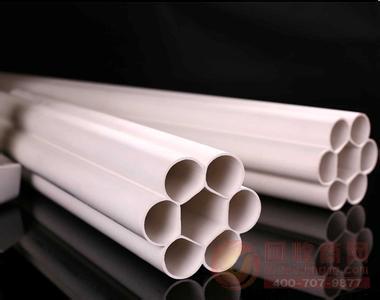The first step is to replace the C-Cl bond on the PVC molecular chain with one end, and the hydroxyl group-containing compound at one end is introduced into the PVC macromolecular chain, and then the hydroxylated PVC is reacted with the cyanate ester compound to obtain a crosslinked PVC. . MHidalgo et al. used a substitution reaction of PVC with p-nonylbenzyl alcohol in a solution to prepare a hydroxyl-containing PVC, which was reacted with a diisocyanate in a solution, and then reacted in an oven under a nitrogen atmosphere. It has been found that the substitution reaction of mercaptobenzyl alcohol can only achieve the cross-linking of PVC by replacing the chlorine atom in PVC, and most of the cross-linking process is completed in solution, and the degree of substitution in different solvents is compared. The relationship between time and time found that increasing the polarity of the solvent, the rate of substitution reaction and the degree of substitution can be improved, and then the nucleophilic substitution reaction of potassium thiolate with PVC is used to prepare crosslinked PVC. The diisocyanate and the polyisocyanate compound are easily reacted with a polymer having an active hydrogen such as -OH, -NH2, -SH, -COOH to form a three-dimensional structure. The introduction of a hydroxyl group into the PVC macromolecular chain can be crosslinked using a diisocyanate, the crosslinking mechanism of which is based on the reaction of an isocyanate group with a hydroxyl reactive hydrogen. In the cross-linking reaction, the amount of diisocyanate added is undoubtedly an important factor affecting the progress of PVC cross-linking reaction. When the -NCO group content is less than the -OH group content, most of the -NCO groups can participate in the reaction, and the -NCO group conversion rate is high; if the -OH group content is high, the added -NCO group is added. When the content is the same, since the crosslinking restricts the mobility of the macromolecular chain, the conversion rate of the -NCO group is lowered. MHidalgo tested the tensile strength of PVC cross-linking system (PVC-OH mole fraction 11.1%) modified with p-nonylbenzyl alcohol by adding different amounts of diisocyanate (HMDI). The stress-strain relationship curve is as follows. As shown in Fig. 3 (omitted), by adding HMDI, and when the content of the -OH group and the -NCO group are the same, the maximum tensile strength reaches 12.2 MPa, which is about 2 times higher than when HMDI is not added. HToghiani et al. also studied the effects of three isocyanates on the mechanical properties and viscoelastic behavior of hydroxyl-containing PVC interpenetrating network structures. The results showed that when the isocyanate content was low (10%), the system pulled The tensile strength, impact strength and flexibility are significantly improved.
Pneumatic Butterfly Valve is operated by pneumatic actuator, the actuator have two types, single acting type and spring return type. According to different working condition, the valve can be made by material PVDF, CPVC, PVC, PP, PPH, lined PTFE and Lined rubber, connection by flange, wafer and lug, as per standard DIN, ANSI, BS, size from 2" to 40". pressure rate by PN10, PN16, 150LB.
Ningbo RMI Plastic Co., Ltd. offer Electric Butterfly Valve with specification:
Size: DN50~DN1000 (2 inch ~ 40 inch) Pneumatic Butterfly Valve Pneumatic Butterfly Valve,Butterfly Valve Pneumatic,Pneumatic Control Butterfly Valve,Control Valve Ningbo RMI Plastic Co.,Ltd , https://www.rmiplast.com
Connection: wafer, lug, flange ANSI CL150, JIS10K, DIN PN10
Material: PVC-U; PVC-C; PVDF; FRPP; PP-H, WCB, CI
Actuator: Pneumatic
Type: Spring return, double acting
Air supply: 4~6bar
Crosslinking of hydroxyl-containing polyvinyl chloride (PVC)
